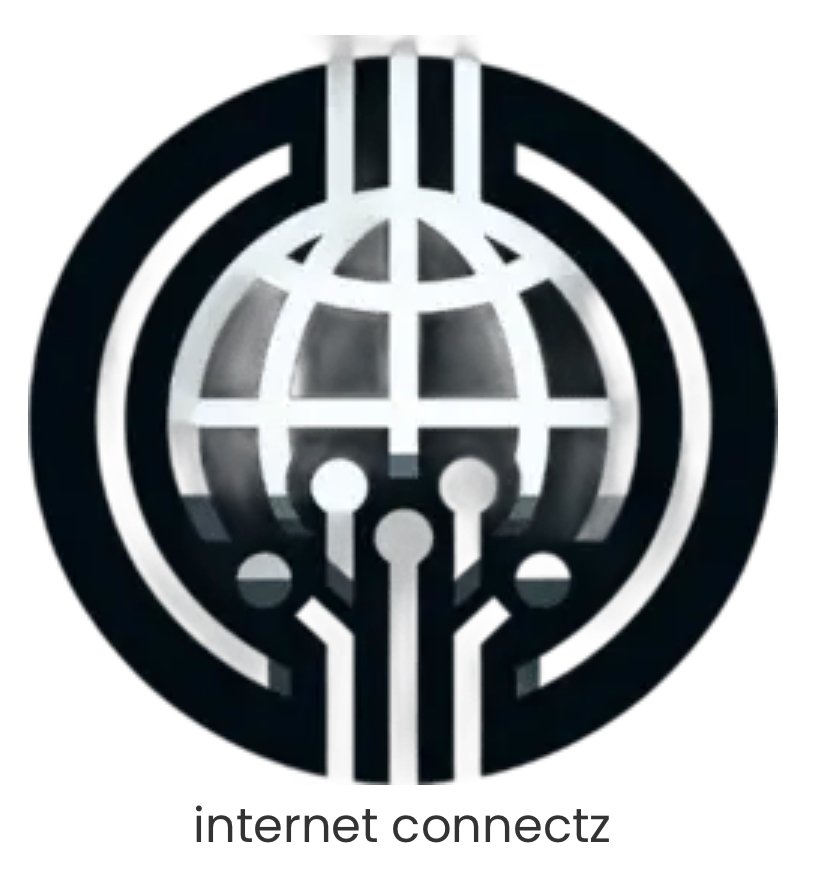In the world’s tech innovation epicenter, an “AI-powered” private school has made headlines for unabashedly embracing the technology.
Alpha School San Francisco, which opened its doors to K-8 students this fall, is the newest outpost of a network of 14 nationwide private schools. Its learning model entails just two hours of focused academic work per day, during which the school says students can learn twice as fast as their counterparts in traditional schools – with the help of artificial intelligence.
AI, Alpha says, is central to the school’s learning philosophy, brand and impact on students.
Alpha is not alone in its efforts to incorporate AI into the classroom. Around the US, schools are experimenting with AI as a tool that can assist teachers with curriculum development, identify learning trends, and even boost student engagement.
But the strong emphasis on AI in schools such as Alpha and its claims of success – as well as the eye-popping annual tuition cost of some of them – give researchers of education and technology pause, even though they agree AI has an important and inevitable role to play in the future of pedagogy.
“There is evidence that AI could have exciting applications in education, but at same time, we’ve seen educational experiments that do not work well for kids in the past, including those pushed by tech folks,” said Emma Pierson, assistant professor of computer science at the University of California, Berkeley, and an affiliate of the university’s Berkeley AI Research (BAIR) Lab. Pierson, who describes herself as a “cautious optimist” when it comes to AI, says there needs to be more critical, objective research into AI’s implications on students of all backgrounds.
“Careful evaluation of these programs is really key.”
Alpha School’s website suggests a futuristic learning model: AI tools make it so that students only need to spend two hours a day on traditional subjects such as history and math. This is done individually, on screens, using software that adapts to students’ unique paces and learning styles. The rest of the day is dedicated to learning life skills, which is done through creative activities – such as designing, permitting, and operating a food truck – that promote teamwork, social skills and financial literacy. Instead of receiving instruction from teachers, students are supervised by “guides” who coach them through an otherwise self-directed process.
These elements aren’t completely novel pedagogical approaches, experts said. Take the number of hours devoted to traditional schoolwork. Between working on group projects, socializing, and taking breaks, students at traditional schools spend on average the same amount of time focussed on core curriculum requirements, explained Ying Xu, assistant professor of education at Harvard University.
Self-directed learning models, too, also have long tenures. Xu herself sent her son to a Montessori school because of the adaptive, customizable, independence-fostering model it offered. “A lot of schools have been using this kind of strategy,” she said.
Some of the software Alpha is using has been widely used in public and private educational settings for years to create personalized learning pathways, said Chris Agnew, director of Stanford University’s Generative AI for Education Hub. This includes programs from IXL and Math Academy. Historically, the schools also assigned work through Khan Academy and Duolingo.
Alpha says other apps are new – it is developing and deploying new software through the network’s affiliated brand, 2 Hour Learning, with more than half of students’ app-based learning done via proprietary software.
That proprietary software tracks all student learning and is able to offer students lessons at the right pace and correct grade levels, the school says, allowing it to truly tailor lessons to every kid’s needs, including by correcting learning gaps, going slower on some materials and faster on others or tailoring the learning materials towards children’s interests.
AI’s primary use therefore appears to be as a tool to help Alpha’s guides understand how – and how quickly – students are learning, so that the material they are given is at the appropriate level, the experts said. “AI is brought in as a layer that helps understand the students’ pacing and then make suggestions on what might be best next,” Agnew explained. “Most of the learning AI is not student-facing.”
“It’s not exactly a non-stop conversation with a personalized ChatGPT bot,” echoed Victor Lee, associate professor at Stanford’s Graduate School of Education. Alpha confirmed that chatbots play no role in their pedagogy.
In that sense, Alpha’s relationship with technology doesn’t stray unrecognizably far from what Americans are used to seeing in elementary school classrooms. Screens are used, but not constantly; apps are assigned, but not without supervision. Perhaps most importantly, a qualified adult is present in every classroom, fostering some level of interpersonal learning – which Agnew says should remain a vital part of the school experience. The primary difference is that whereas teachers have historically been considered subject-matter experts who direct from a podium, at Alpha, they are coaches in the field. “There are still adults in the room that know the kids,” he said.
Agnew wonders whether the AI component of the school is being deliberately played up to attract parents and students who fear that their children could miss the AI boat – and to generate profit. “They’re leading with AI because they’re riding the wave, and it’s drawing lots of attention,” he said.
When it comes to personnel, Alpha is well positioned to capitalize on the AI boom. The brand’s founder, education podcaster and social media influencer MacKenzie Price, is married to software executive Andrew Price. He works alongside Texas billionaire Joe Liemandt, who is principal of Alpha Schools. Hedge-fund billionaire Bill Ackman is said to be an informal Alpha ambassador. Families who send their students to the San Francisco school run in elite circles, too – by necessity, since it has the highest tuition of any private school in the city.
The 2 Hour Learning website states that Alpha students consistently score in the top 1-2% nationally and claims that 90% of Alpha students love going to school. But Alpha’s demographics can cloud assessments of whether Alpha’s methods improve learning outcomes at a near-universal rate, experts worry. For one thing, students from such unusually affluent backgrounds likely have access to other resources that prime them for academic success. Plus, the parents having selected Alpha suggests a high level of engagement with their children’s education, which is another indicator for achievement.
Alpha rejects criticisms that the school’s high achievement record is because students are from highly resourced backgrounds, and says its model has the potential to improve academic achievement for all students.
Experts caution there’s a lot left to study, and that there’s no one perfect pedagogy that works for every child.
At Harvard, Xu’s own research shows that learning with AI can lead to very different outcomes depending on an individual’s disposition. Children who are more self-directed and confident in their abilities are more likely to use AI to enhance their understanding of materials, she said, while those who lack confidence are more likely to use AI to generate answers and circumvent critical thinking. That means a student who is “intrinsically less motivated to learn might suffer in that setting”, she said.
“Just like with Montessori schools, the format doesn’t work for all students,” said Xu. “We shouldn’t abandon direct instruction,” she said.
Rose Wang, a researcher at OpenAI whose PhD looked at machine-learning applications in educational settings, raised questions about whether an app-based curriculum can serve all learners equally, especially as K-8 students are still developing foundational skills. She says those core skills – such as reading, writing, and math – are going to be extremely important for children growing up in the AI era as a means of ensuring they know how to engage with these new technologies critically and effectively.
“This model for schooling would probably work really well for kids who are quite advanced already,” Wang said, noting that younger students as well as students who need more learning assistance respond well to in-person, collaborative methods, like solving a math problem on a whiteboard alongside classmates. “While our AI systems are really great in many ways, this kind of collaborative learning and teaching environments [is] really difficult to translate seamlessly into an automated interaction.”
To truly know how broadly applicable the method is – and for whom it works – experts say more rigorous study is needed. Pierson, flagging risks like AI hallucinations and algorithmic bias, suggests developing a small pilot with a randomized control trial before scaling the model. (Alpha says that their proprietary apps have been developed in such a way that eliminates the possibility of AI hallucinations.)
Lee calls for scrutiny into privilege and equitable access – issues that are top of mind in a city with vast wealth gaps like San Francisco. “Who gets to do it, where are the resources coming from, and what advantages are already at the back of these programs like Alpha School?” he asked.
Other Alpha campuses offer financial aid, including at the site in Brownsville, Texas, where the $10,000 per year tuition is heavily subsidized. With just 10 students actively enrolled (and 25 total families having put down deposits for their children to enroll between 2025 and 2026), Alpha says the San Francisco campus can’t yet afford to offer financial aid.
At the same time, experts warn against over-regulating education in a way that discourages experimentation. This is especially important at a time when technology is advancing apace, they said, and young people need to be given opportunities to engage with it in a way that is meaningful. “We do want to have the latitude to try different things, and I think that schools and teachers would like that as well,” Lee said, pointing to school districts doing just that.
In Washington, Peninsula school district is investigating how AI can make learning experiences more inclusive; in Orange county, the superintendent has hired AI experts to guide schools into how best to incorporate the technology into classrooms; and across California, public schools are integrating AI literacy into their curricula within the state mandated digital media literacy requirements.
“Figuring out new ways to get students excited about learning, learning better, and learning faster is something to always be welcomed,” Wang said.
At the end of the day, Agnew says, improvements to the current system are necessary – and AI is inevitably going to be a part of that conversation. For educators and policymakers, the challenge will be cutting through the noise to ensure AI’s benefits in the classroom outweigh its risks.
“With the barrage of products being sold … it’s really hard to make decisions grounded in what’s right for kids and what’s good for learning,” he said. “But it’s not an option for schools to ignore AI.”


Leave a Reply